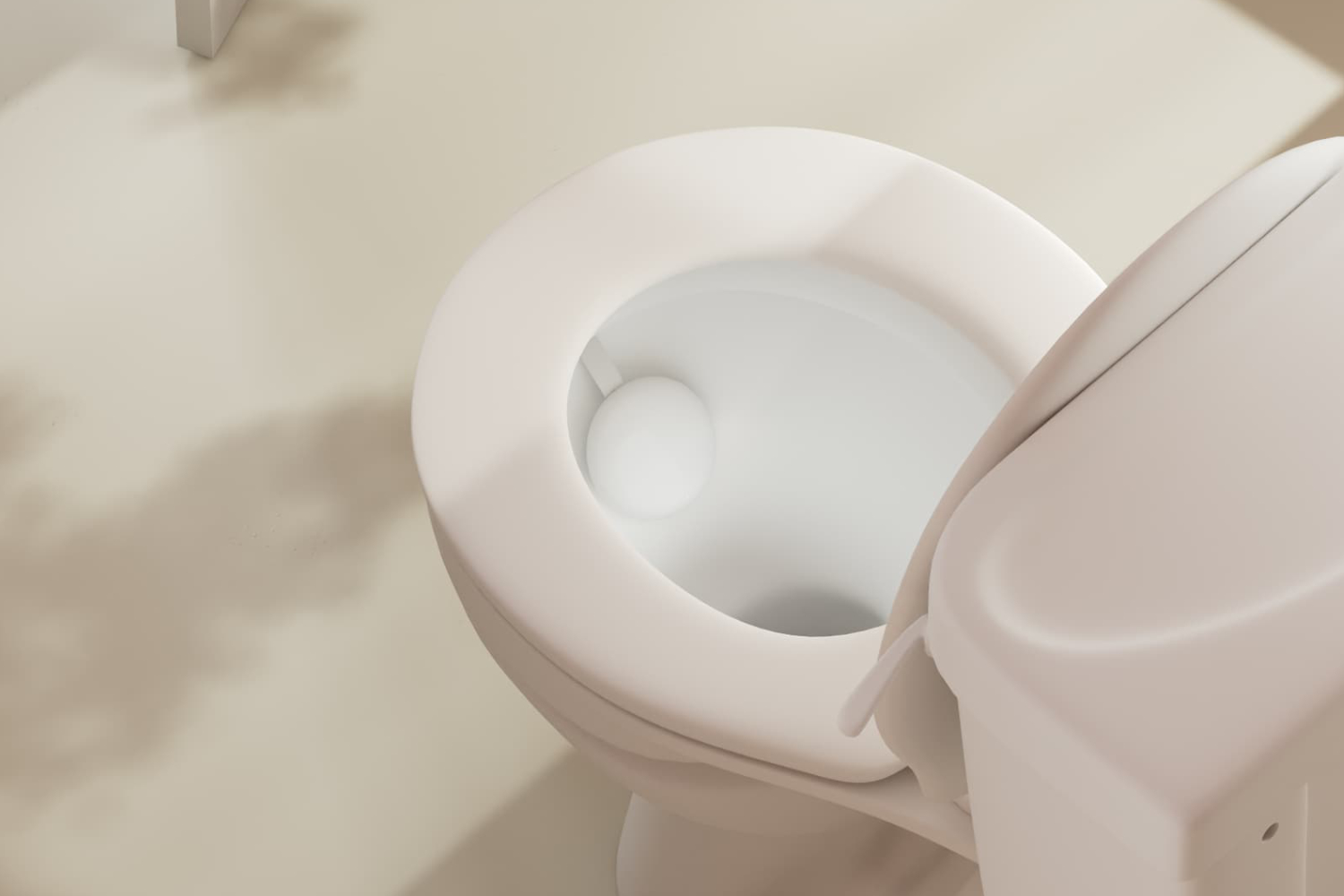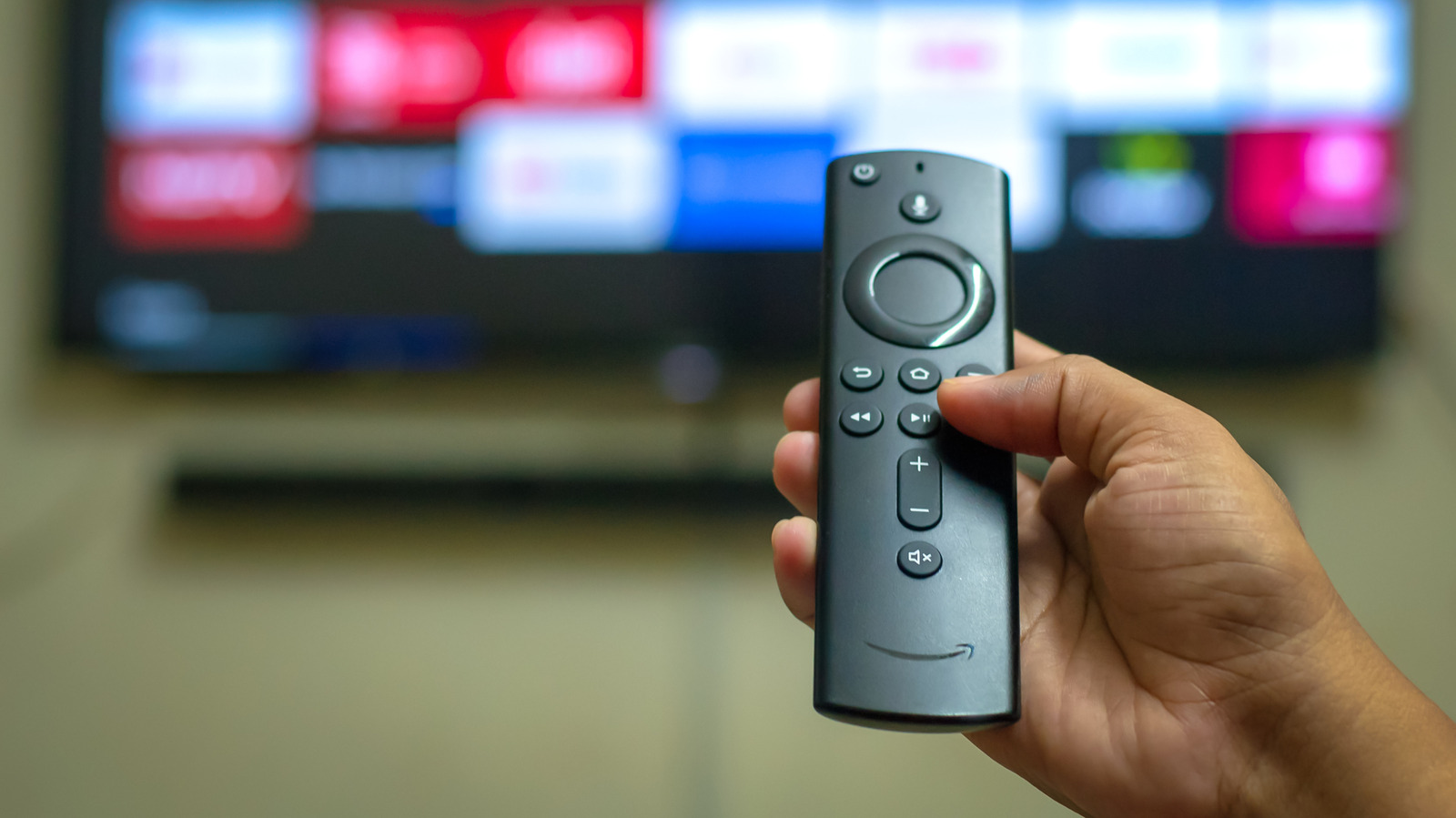Over the years, I’ve tested a fair few whacky health devices. A set of cooling gloves that claimed to help you weightlift, included. But when Withings sent me a clam-looking device to sit in my toilet bowl, even I had to do a double take. The idea is simple: the U-Scan regularly takes a sample of your urine when you go to the bathroom and gives you a quick analysis at home.
As someone with an Apple Watch, Whoop, and who regularly does blood tests to get fitness data, I was instantly on board. Fast forward three months, and I’ve been voluntarily peeing on a plastic puck in the name of nutritional insights. I’m going to go through my experience and what I’ve learned so far. Although I’ll probably leave photos out this time… for obvious reasons.
What the Withings U-Scan told me about my health

What I tested was the Nutrio version of Withings’ U-Scan – it’s the model focused on nutrition rather than kidney health. It tracks hydration, urinary pH, ketones, and vitamin C. In plain English, it tells you whether you’re drinking enough water, eating your fruit and veg, and if your body’s burning fat instead of carbs. The whole thing runs off chemically reactive strips housed in a cartridge that lasts around three months, and the U-Scan sends your results straight to the Withings app over Wi-Fi.
Set-up isn’t difficult, though it does involve a few indignities. There are toilet clips to mount it, gloves so you don’t have to handle it bare-handed, and a Bluetooth pairing step that, thankfully, worked without drama. The real shift, however, is behavioural. For it to work, you’ve got to sit down to pee. Every time. For about half the population, this is a big change in behaviour. It also doesn’t know when you’re using it unless you open the app and tap “measure.” After that, you’ve got two minutes to… perform.


The first few attempts didn’t go brilliantly. I got a mystery error and a polite accusation of inadequate peeing, but the third time was the charm. A set of faint whirring sounds confirmed that the sample had been collected and the miniature in-toilet lab had kicked off. A few minutes later, the results popped up in the app. Everything was apparently fine – my pH was in range, ketones were normal, and I was brimming with vitamin C. Even my hydration was spot on, which I was glad to see in the results.
Over time, I got into a weekly rhythm. The U-Scan was mostly reliable, and the insights were strangely satisfying. I wouldn’t call them life-changing, but they were helpful. I knew which days I needed to up my water intake, for example. Still, there are clear limitations. The device doesn’t support multiple users yet, which makes it a bit awkward in shared households. Although, Withings reckons it will know which urine is your own and ignore the rest. There were a few times I heard it randomly start whirring at night, which was mildly disconcerting. But beyond that, it remained fairly easy and discreet.
At the end of each cartridge cycle, you’ve got to remove the U-Scan and clean it using the included charge tank. You also have to replace the cartridge with a new one. A small price to pay for health insights, sure, but not the most glamorous chore. Withings’ handy subscription will ensure that you get new cartridges delivered exactly when you need them.


It’s worth noting this isn’t a medical device. It won’t diagnose anything or replace your doctor. But as a wellness gadget, it’s probably one of the most interesting I’ve tried in years. It fits seamlessly into your routine – once you get used to sitting down to pee – and gives you health data that would usually require a lab visit. Still, the cost might give some pause. If you’re someone who loves a quantified-self moment, or you’ve got specific health concerns that need tracking, it’s compelling.
Withings U-Scan is now available in the US after being available in the UK and Europe from some time now. You can order the U-Scan Nutrio from Withings directly. It’s priced at $380/£320, and cartridge replacements will run you $100/£90 every three months.











